Smile lines or nasolabial folds are the creases that run from the sides of the nose to the corners of the mouth. Though small, they can make the face appear older and more tired. That’s why an increasing number of people are turning to nasolabial fold filler as a gentle yet effective solution. In this article, we’ll explore the injection procedure in detail and highlight important tips to help you achieve natural-looking and safe results.
What are nasolabial folds?
Nasolabial folds, commonly known as smile lines, are the natural creases that extend from the sides of the nose down to the corners of the mouth. These folds are not abnormal; in fact, they are a normal anatomical feature present on every face. Whether you’re talking, smiling, or simply breathing, these lines naturally appear, adding depth and expressiveness to your facial expressions.
In youth, nasolabial folds tend to be soft and barely noticeable because the skin is firm, elastic, and rich in collagen and elastin. However, as we age, the skin gradually loses its ability to produce these essential proteins. This leads to a loss of elasticity and firmness, making the skin thinner and less able to support the underlying fat and tissues evenly. As a result, facial fat begins to descend, especially around the cheeks and mouth, causing the nasolabial folds to deepen and become more prominent over time.
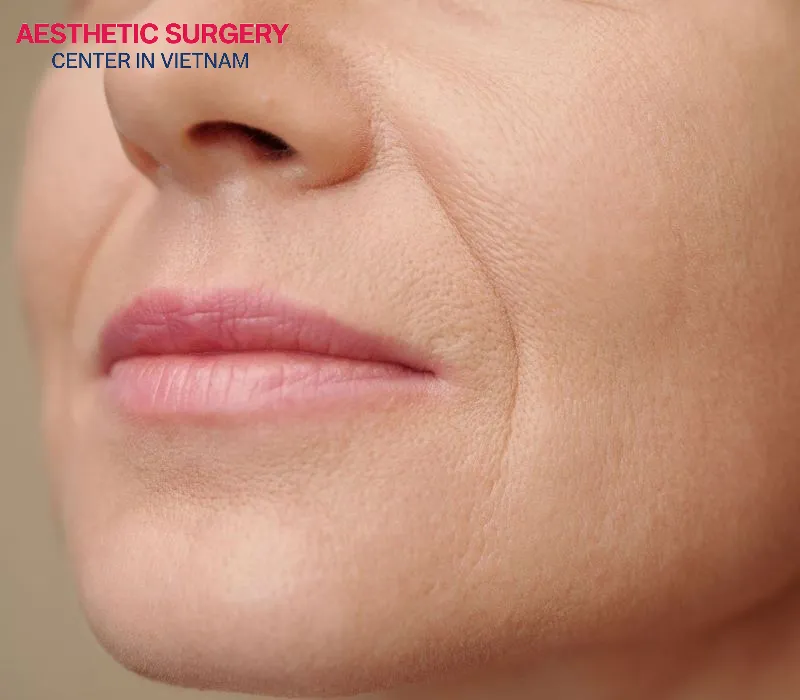
However, if nasolabial folds are making you feel self-conscious or affecting the overall harmony of your face, you may consider aesthetic solutions from basic skincare routines to modern procedures like nasolabial fold filler. This non-surgical treatment gently restores volume to the area, helping to rejuvenate your appearance and bring back a naturally refreshed look.
How do you mark up for nasolabial fold filler?
Proper anatomical marking is a critical step in performing nasolabial fold filler. You cannot rely on guesswork because marking should be based on a clear understanding of facial structure and the areas that must be avoided to ensure natural and symmetrical results.
- Before marking, have the patient sit in an upright position with a relaxed facial expression. This posture allows gravity to reveal the true depth and contour of the nasolabial folds, helping the injector visualize where the skin naturally folds and where volume loss is most evident.
- As you assess the area, be mindful of the adjacent fat pad beside the nasolabial fold. This is a region of fuller soft tissue that should not be injected, as placing filler here can lead to unnatural bulging, facial stiffness, or even asymmetry.

Injection techniques for treating nose-to-mouth lines directly
When injecting directly into the nasolabial fold, selecting the appropriate instrument and injection technique is critical for both safety and optimal results. Physicians commonly prefer using a 25G cannula, which helps reduce the risk of vascular injury, especially when navigating areas with facial arteries located in the second dermal layer. Injecting filler into the correct anatomical plane not only enhances safety but also ensures a smooth, natural-looking correction of the fold. This technique is particularly effective for filling deep nasolabial lines and reshaping the core structure of the fold.
For shallow smile lines, however, practitioners may opt for a sharp needle and use a softer filler, injecting more superficially into the subdermal layer to achieve subtle refinement.
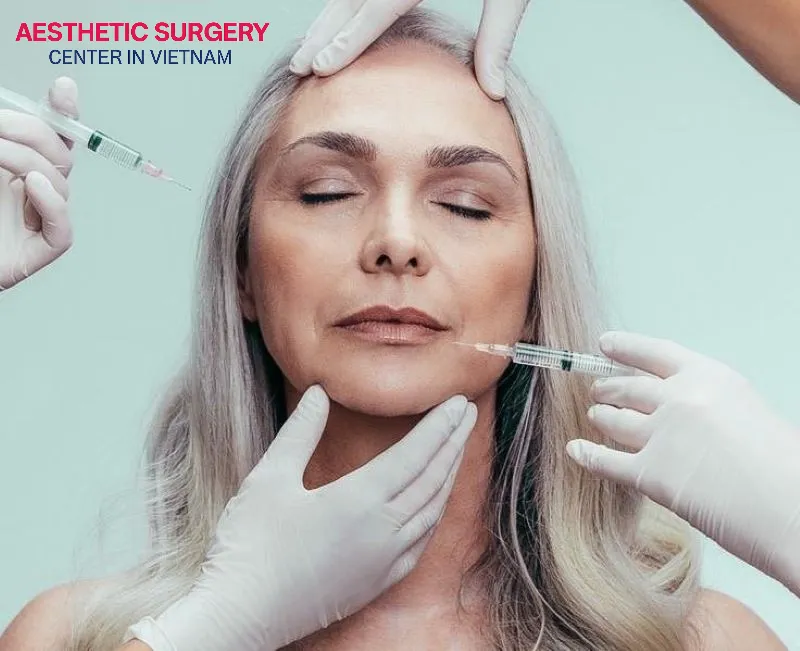
What type of filler product works best in this region?
Not all dermal fillers are suitable for the delicate and dynamic nasolabial fold area. Choosing the right product depends on the individual’s skin condition, wrinkle depth, and aesthetic goals. Below are the most commonly used filler types for treating nasolabial folds:
Hyaluronic Acid (HA)
Hyaluronic Acid (HA) Fillers are a popular choice for treating nasolabial folds. HA fillers typically come in two main gel consistencies: soft-fluid and soft-elastic, allowing doctors to adjust the dosage and placement based on the depth of each individual fold. For nasolabial fold filler treatment, a medium-consistency HA filler is often preferred, providing enough support to lift the fold while still preserving natural facial movement.
Additionally, the effects of HA fillers generally last between 6 to 18 months, depending on the individual’s skin type and condition.
Calcium Hydroxylapatite
Calcium Hydroxylapatite (CaHA) fillers offer unique advantages over HA-based fillers. They not only provide immediate wrinkle correction, but also stimulate the skin’s natural collagen production over time. However, unlike HA fillers, CaHA is not dissolvable, which means that a precise injection technique is critical. This requires a highly skilled injector to ensure accurate placement and avoid complications from dermal fillers.
CaHA is best suited for patients with deep nasolabial folds or visible signs of aging, who need a solution that delivers strong structural support and long-lasting results.
Poly-L-Lactic Acid
Poly-L-Lactic Acid (PLLA) fillers, with Sculptra being the most well-known brand, work through a completely different mechanism compared to HA and CaHA. PLLA does not provide immediate volume to the nasolabial folds, but instead, it acts as a biostimulatory agent, gradually encouraging the skin to produce its own collagen over time.
PLLA results can last 2 years or longer, making it a suitable choice for individuals who are patient, prefer subtle, progressive improvements, and value long-term skin rejuvenation over instant transformation.
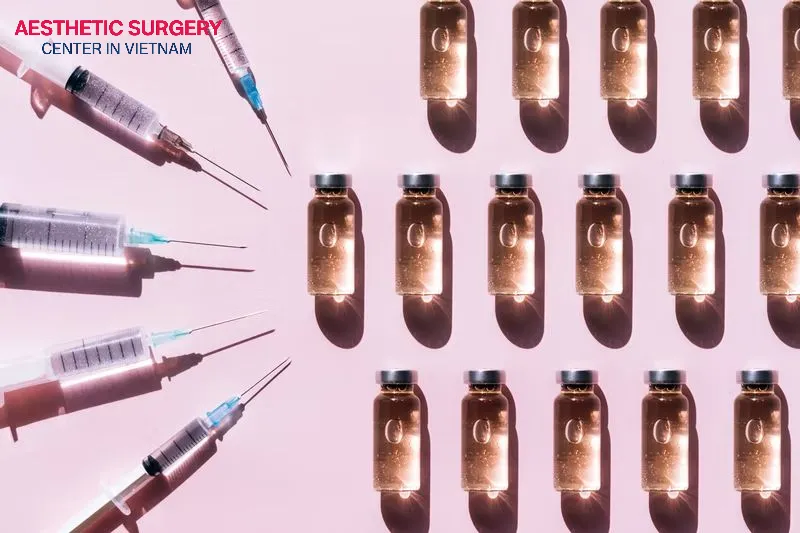
Using piriform fossa filler treatments to manage nasolabial folds
When thinking about fillers for smile lines, many people assume the goal is solely to directly fill and smooth the nasolabial folds. However, according to experienced aesthetic physicians, a more subtle and effective technique often involves injecting filler into the piriform fossa, a key structural area that significantly influences the depth and appearance of these lines.
Where is the piriform fossa?
The piriform fossa is a small triangular area located just above the upper portion of the nasolabial fold, adjacent to the side of the nostril. This region is greatly affected by bone resorption and volume loss as we age. Over time, the underlying maxillary bone and supporting soft tissue diminish, causing the area to hollow and the nasolabial folds to deepen, resulting in a tired or aged facial appearance.
Proper identification of the piriform fossa is crucial in filler-based aesthetic treatments. By strategically targeting this area, practitioners can soften the appearance of the nasolabial fold without overfilling the fold itself, leading to more natural results.
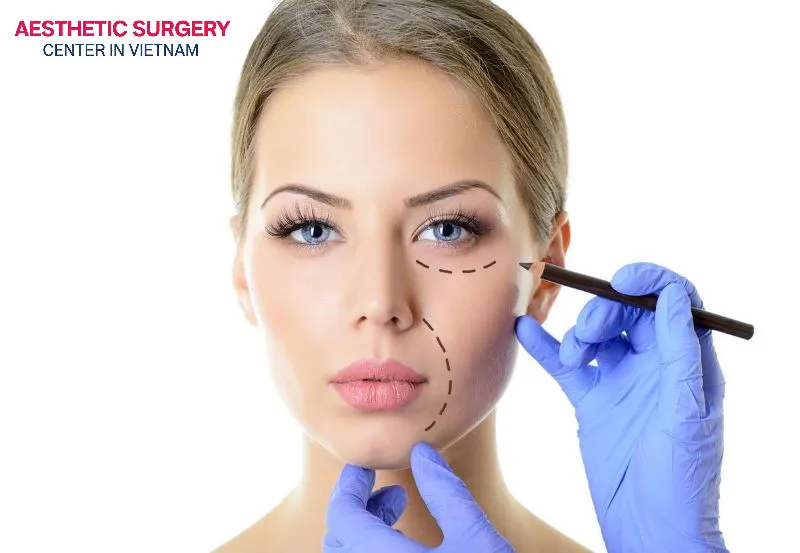
When performing nasolabial fold filler in Vietnam, it is absolutely possible to combine the treatment with piriform fossa filler. Doctors will use a cannula to inject filler into layer 4 of the piriform fossa. Once the area is filled and supported, the cannula is then redirected to layer 2 at the nasolabial crease to gently refine any remaining visible smile lines.
This technique not only delivers high aesthetic effectiveness but also helps minimize risks and complications for the patient, while optimizing the amount of filler used, resulting in a youthful and natural-looking outcome.
Gain confidence in piriform fossa and nasolabial treatments
If you’re a practitioner performing nasolabial fold filler in Vietnam and still feel unsure about the piriform fossa region, that’s completely normal, because this is a delicate anatomical area that requires solid knowledge of facial anatomy and refined injection skills to treat safely and effectively. By enrolling in an advanced training course on nasolabial fold filler, you’ll gain important skills such as:
- Mastering the anatomy and facial structure involved in identifying and treating the piriform fossa
- Learning how to accurately assess the face and mark precise injection points
- Becoming proficient in injection techniques targeting specific subdermal arteries to deliver safe, natural-looking results.
Once you truly understand the piriform fossa, it will enhance your ability to assess facial structure, deepen your anatomical knowledge, and approach treatment from its root cause. And by the time you complete your training, you won’t just be equipped with injection techniques, you’ll carry the confidence to treat nasolabial folds with the mindset of a seasoned aesthetic practitioner.

Common mistakes aesthetics practitioners make treating nose-to-mouth lines and how to avoid them
While nasolabial fold filler in Vietnam is a widely performed non-surgical aesthetic procedure, many practitioners still make mistakes that can significantly affect the outcome and client satisfaction. Below are two common issues and solutions to help you understand and improve your approach:
How to prevent overfilling the nasolabial folds
According to aesthetic doctors, one of the most common mistakes when treating this area is overfilling, not only failing to eliminate the fold, but also causing the face to appear heavy, swollen, and unnatural.
To avoid this, consider enrolling in an advanced training course in nasolabial fold filler techniques. This area contains multiple blood vessels and carries a higher risk of complications if not injected correctly. Alternatively, look for hands-on practice opportunities in a setting where experienced mentors, such as those in high-end aesthetic clinics, can guide and supervise each treatment case.
Avoiding treating in the wrong order
According to Dr. Janine’s second point, another common mistake when injecting filler is treating the nasolabial fold directly before addressing midface volume loss or the piriform fossa. Many beginner injectors tend to focus only on the fold itself without evaluating the overall facial structure. They inject immediately upon seeing the fold, overlooking the fact that nasolabial folds appear largely due to volume loss in the mid-cheek area.
That’s why Dr. Janine recommends restoring midface volume first to provide foundational support for the surrounding structures. If needed, filler can then be placed in the piriform fossa, followed by a light injection into the nasolabial fold to refine and harmonize the facial contour.
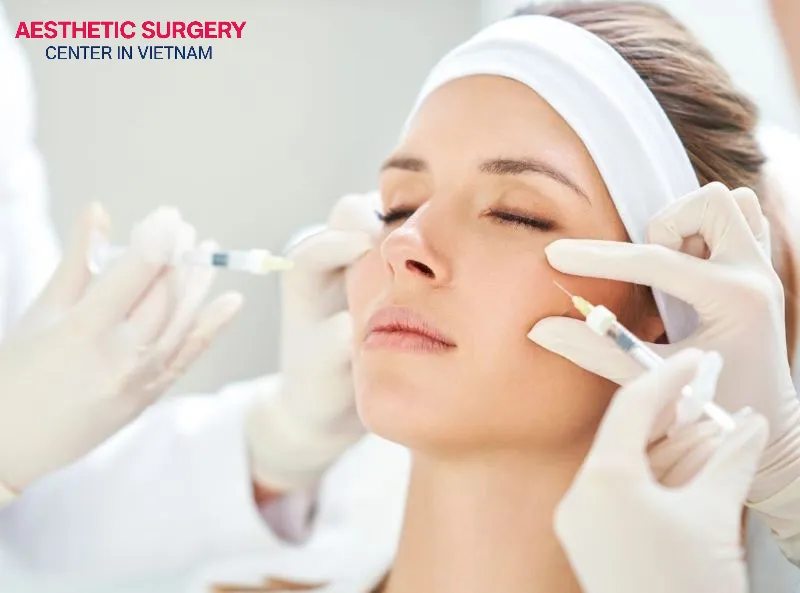
Consider other treatments to refine results
As Dr. Janine once shared, “You can absolutely combine multiple treatment methods alongside nasolabial fold filler to enhance overall aesthetic outcomes.” In addition, you can consider a few ideal solutions to further improve treatment results:
Skin booster – A drink for dehydrated skin
This treatment nourishes the skin from deep within, providing essential hydration while improving elasticity, leaving the skin firmer, smoother, and more supple. Especially for skin showing early signs of dryness, fatigue, or dullness, skin boosters help create a healthier skin base, allowing fillers to work more effectively and look more natural.
Skin rejuvenation with chemical peel
If you have a buildup of dead skin cells or uneven pigmentation, a chemical peel is a great option. This method removes the outer layer of dead skin and stimulates the regeneration of new, smoother skin. Peeling not only helps the skin appear brighter and more radiant after nasolabial fold filler, but also softens the skin texture around the fold area.
Non-surgical skin tightening with energy-based devices
Using devices such as RF (radiofrequency), HIFU, or lasers, these technologies target the dermis, deeper than the layer typically reached by filler, to treat skin laxity or weak structure around the nasolabial area. These technologies help tighten and lift the skin, offering firmer support and creating a more youthful facial appearance overall.
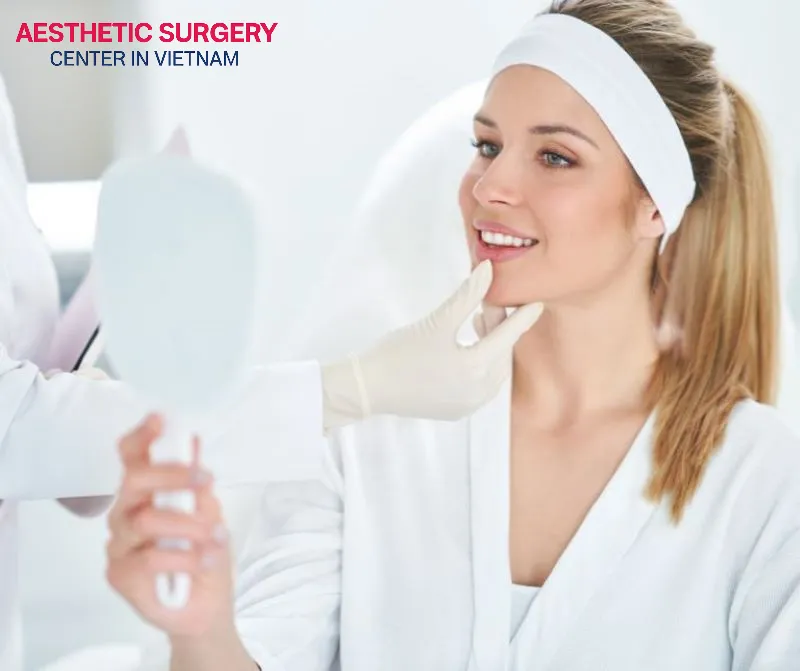
As discussed above, nasolabial fold filler is not just a simple beauty solution, it marks a significant advancement in preserving youthful facial features. Understanding the structure of the smile lines, selecting the appropriate type of filler, and considering the piriform fossa area are all essential factors to ensure that the procedure delivers natural results and restores a refreshed, radiant appearance.




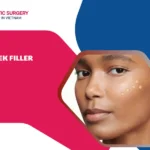
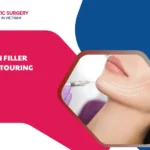

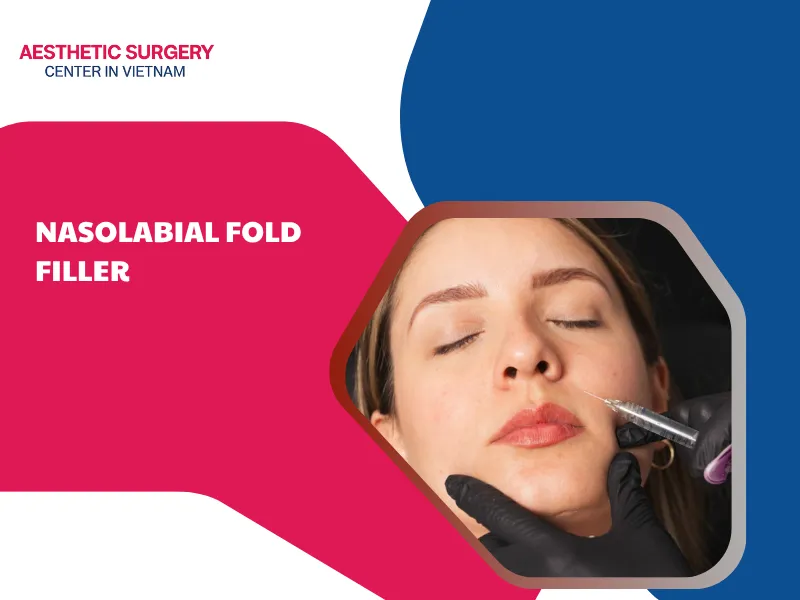
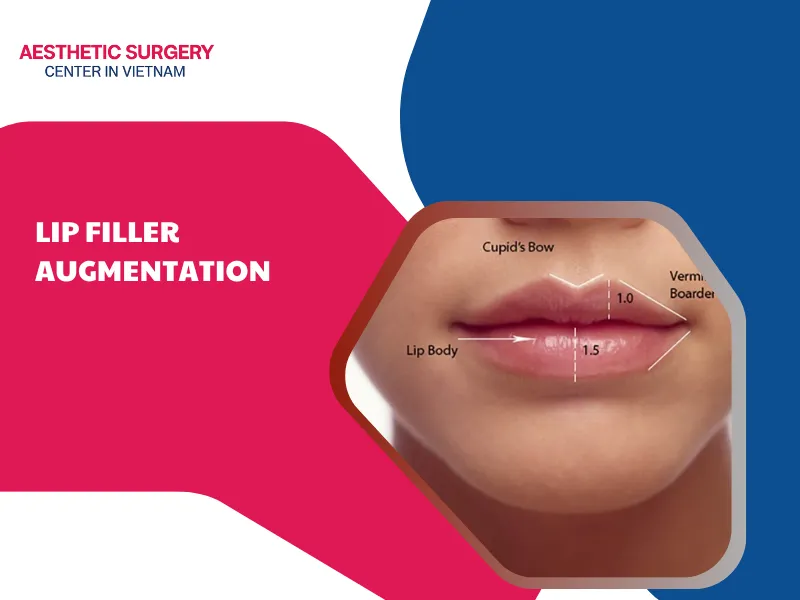
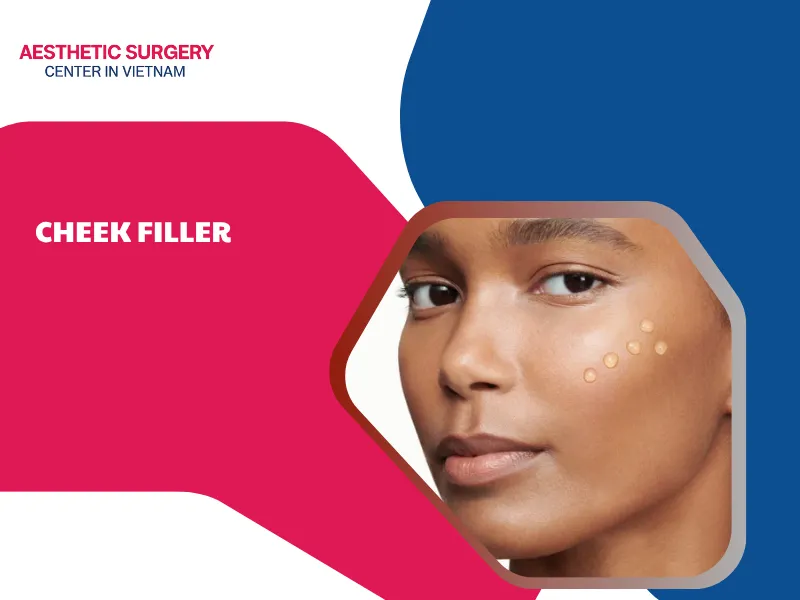
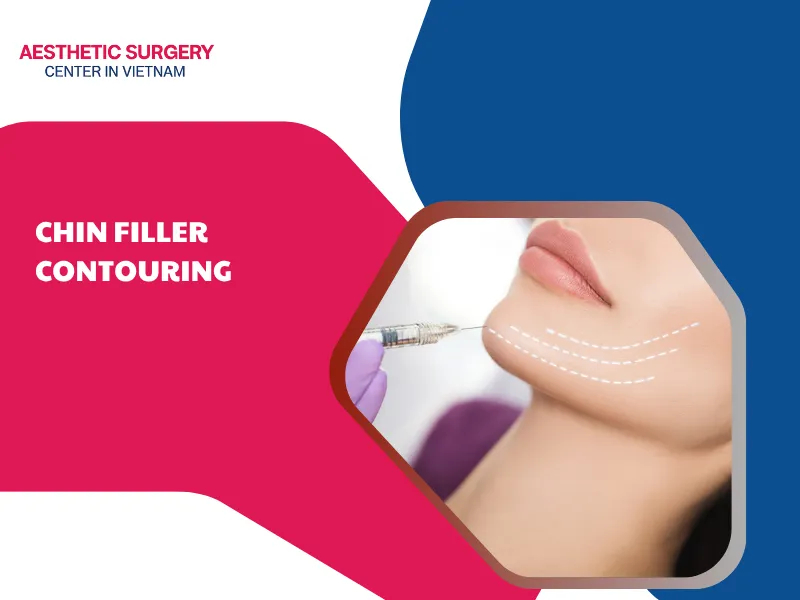
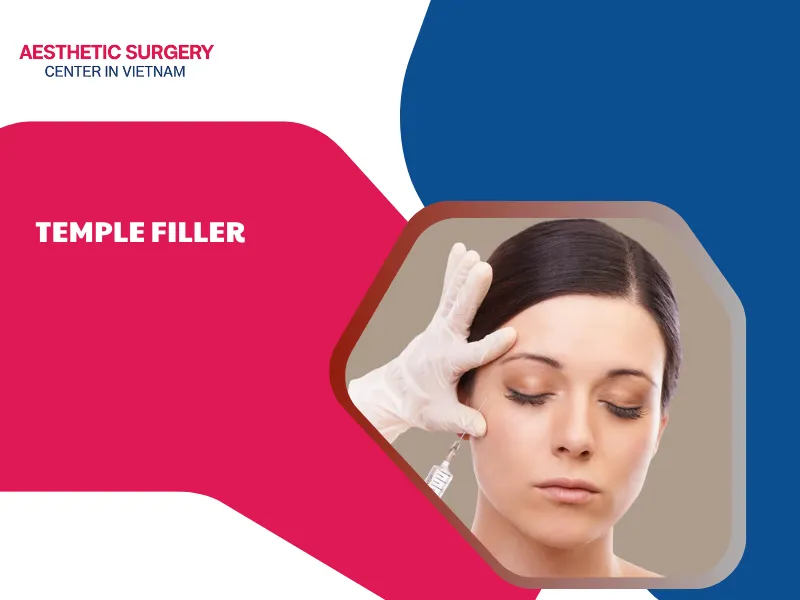
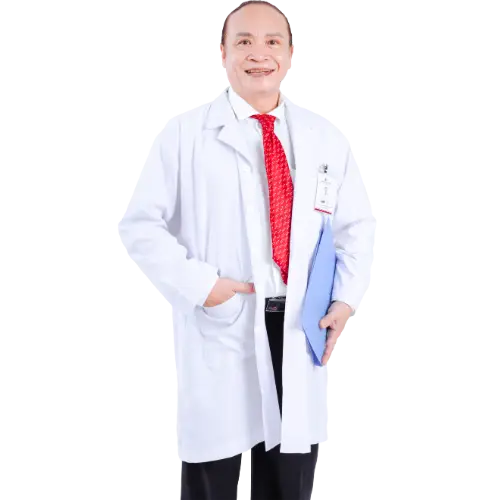



Comment on the post